By Steve Bennett – entrepreneur, author and founder of The Bennett Foundation which focuses on health education projects around the world.
Most of us know we should be eating more fibre, yet fewer than 5% of UK adults meet the recommended daily intake of 30g. This isn’t surprising when you consider that our modern food system has systematically stripped fibre from our diets. What was once naturally abundant in our ancestors’ meals, who consumed around 100g daily, has been processed out of existence in favour of shelf-stable, profit-driven products.
However, adding more fibre to your diet is simple. Make strategic additions that slow sugar absorption, support gut health, and keep you satisfied for longer.
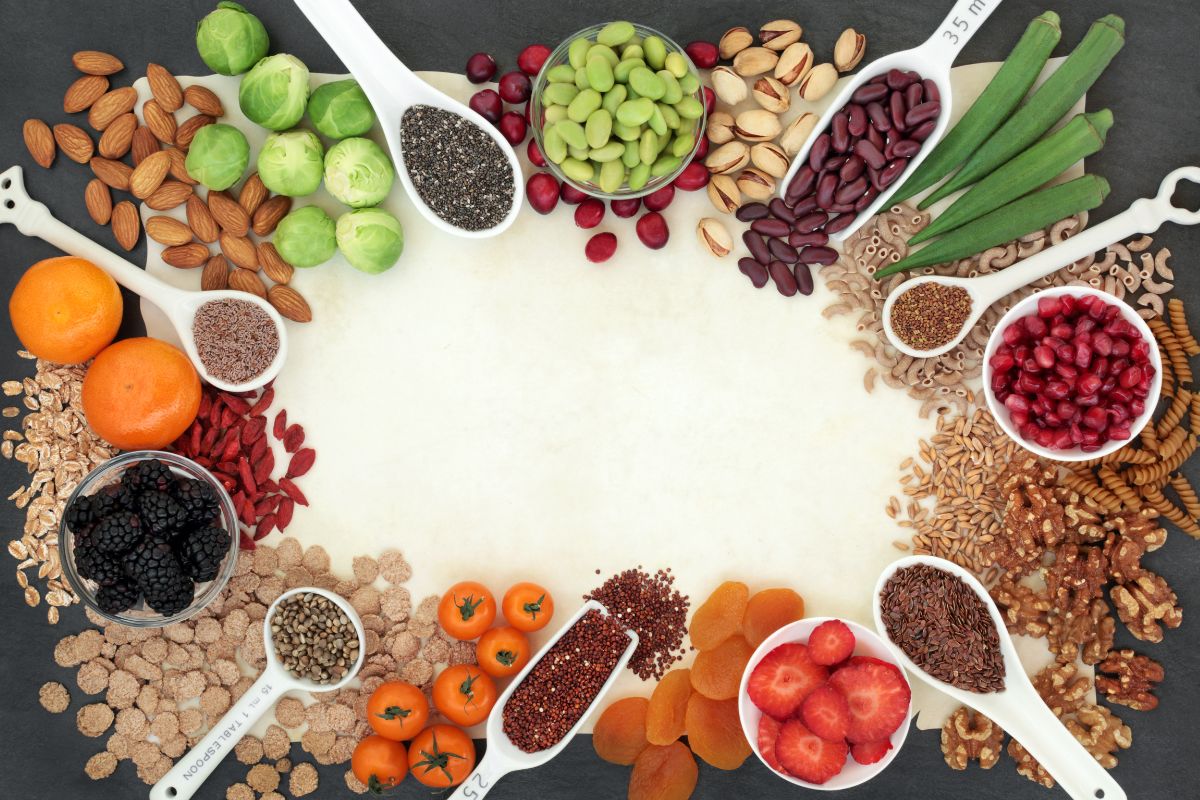
Why Fibre Matters More Than Ever
In nature, sugar never appears without fibre. When our ancestors found sweet foods like fruits or berries, they came packaged with natural fibre that slowed sugar absorption. Today’s food industry has changed this completely, creating products packed with sugar but stripped of fibre.
When you eat sugar without fibre, your blood sugar spikes rapidly, which overwhelms your body’s ability to cope. Your body responds by storing this excess sugar as body fat and flooding your system with insulin. Within a couple of hours, your blood sugar crashes, leaving you hungry again and craving more sugar.
This cycle keeps you trapped in constant hunger and weight gain. Fibre breaks this cycle by slowing sugar absorption, keeping your blood sugar stable and helping you feel satisfied for longer.
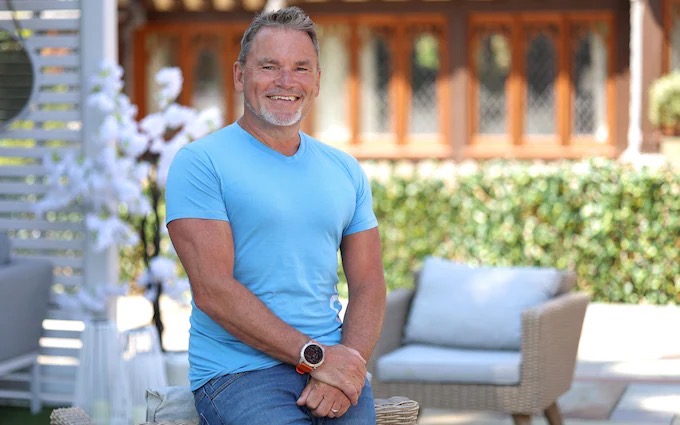
1. Add Seeds to Your Diet
The Strategy: Keep a selection of seeds, chia, flax, pumpkin, sesame, and sunflower, and add them to your meals throughout the day.
The Science: A 30g serving of chia seeds contains over 10g of fibre, while flaxseeds provide 8g. These powerhouses don’t just add crunch, they create a protective barrier in your digestive system.
How To Make It Practical: Mix different seeds into a jar and keep it handy. Sprinkle them on salads, stir into yoghurt, blend into smoothies, or add to soups. Whether you’re having breakfast cereal or an evening meal, a simple sprinkle transforms any dish into a fibre-rich experience.
Top Tip: For busy mornings, pre-mix seeds into your breakfast preparations the night before.
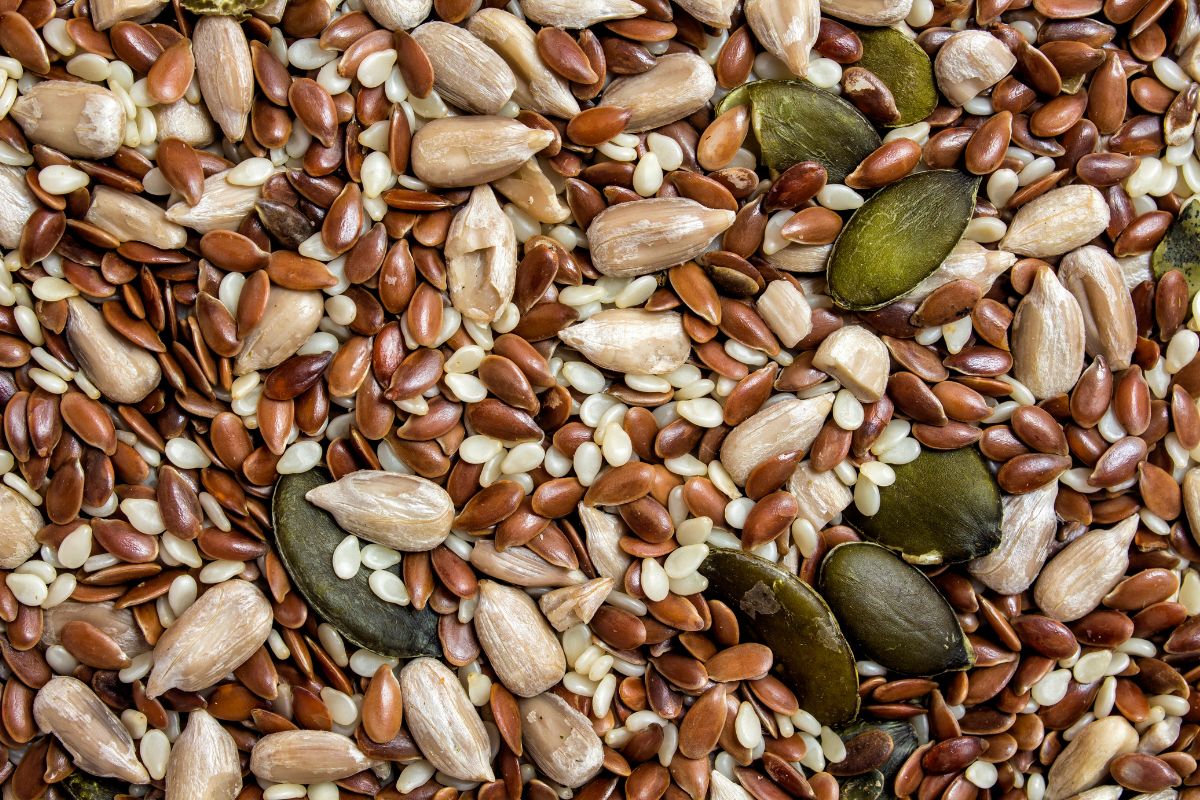
2. Choose Your Vegetables Strategically
The Strategy: Focus on the highest-fibre vegetables that deliver maximum benefit with minimal effort.
The Winners: Brussels sprouts pack 4g per cup, followed by broccoli, beetroot, and carrots.
How To Make It Practical: Batch-cook vegetables at the weekend. Roast a tray of Brussels sprouts, steam some broccoli, or prepare a large pot of vegetable soup. Having fibre-rich options ready in your fridge makes healthy choices effortless during busy weekdays. Even frozen vegetables work brilliantly and are often more nutritious than ‘fresh’ ones that have travelled long distances.
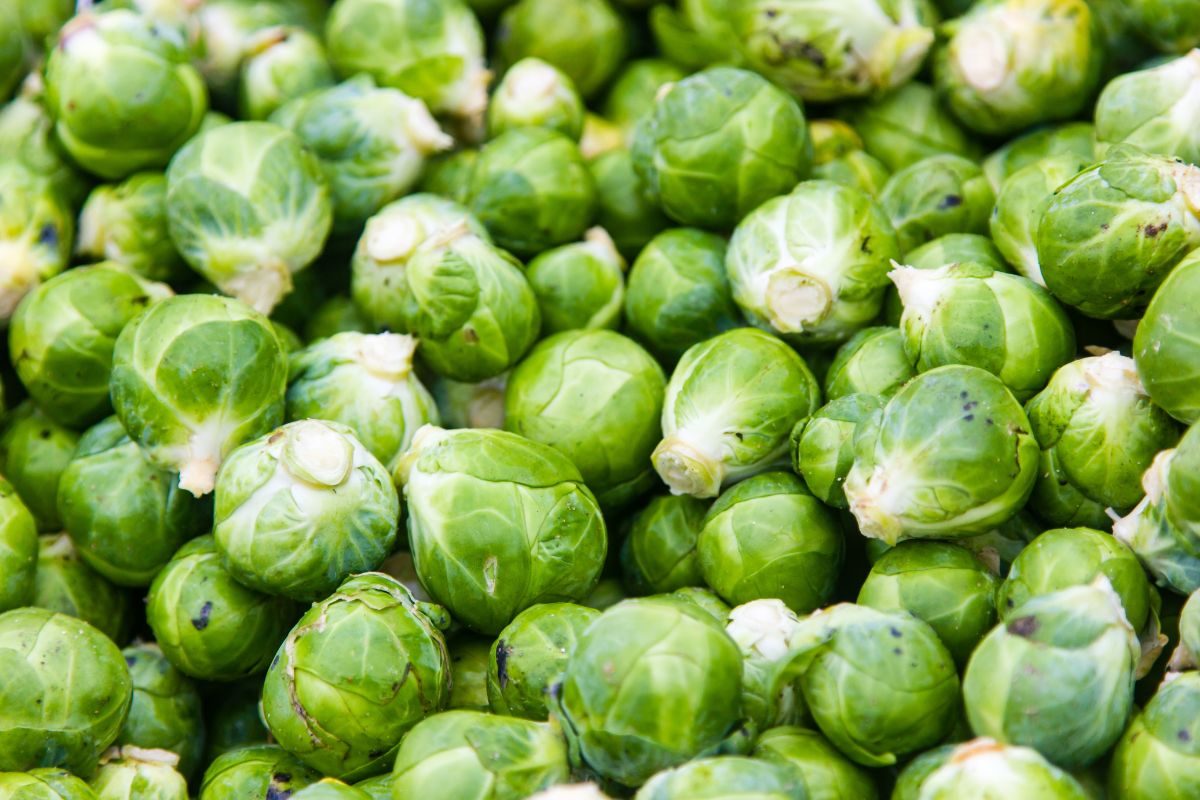
3. Rethink Your Snacking
The Strategy: Replace processed snacks with nuts, seeds and low-sugar fruits.
The Smart Choices: A handful of almonds provides nearly 4g of fibre, while raspberries offer 5g per 80g serving. Compare this to typical snacks like crisps or biscuits, which contain virtually no fibre despite being packed with refined carbohydrates.
Top Tip: Create your own trail mix using almonds, walnuts, pumpkin seeds, and a few dried berries. Keep small portions in your desk drawer, car, or handbag. When you’re next hungry, you’ll have a fibre-rich option that actually satisfies rather than triggering more cravings.
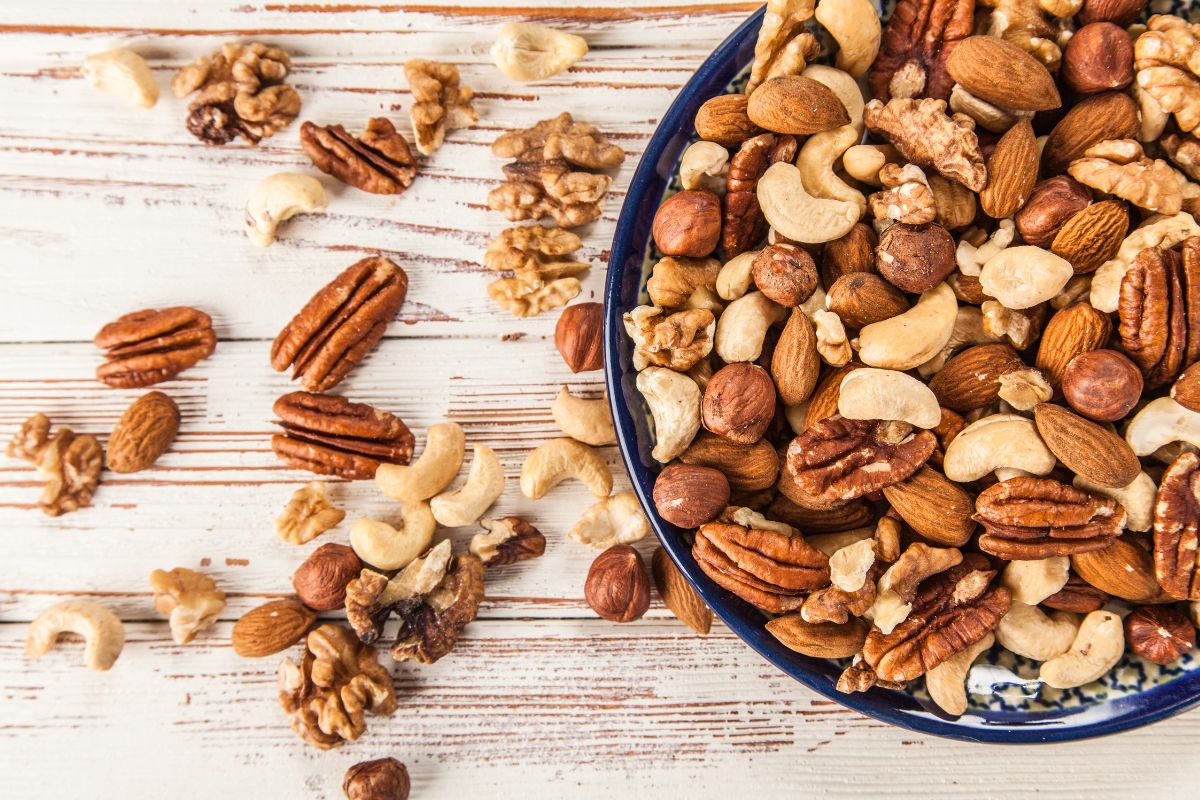
4. Master the Art of Substitution
The Strategy: Swap fibre-stripped foods for high-fibre alternatives without sacrificing taste or convenience.
Smart Swaps: Replace rice with cauliflower rice, use spiralised vegetables instead of pasta, or try shirataki noodles made from konjac root, which are almost pure fibre. Even simple switches like choosing skin-on potatoes over peeled ones, or berries instead of tropical fruits, can significantly boost your fibre intake.
How To Make It Practical: Start with one substitution per week. Don’t overhaul your entire diet overnight. Try cauliflower mash instead of regular mashed potatoes or add grated vegetables to your usual pasta sauce. These changes often taste better than the originals once your palate adjusts.
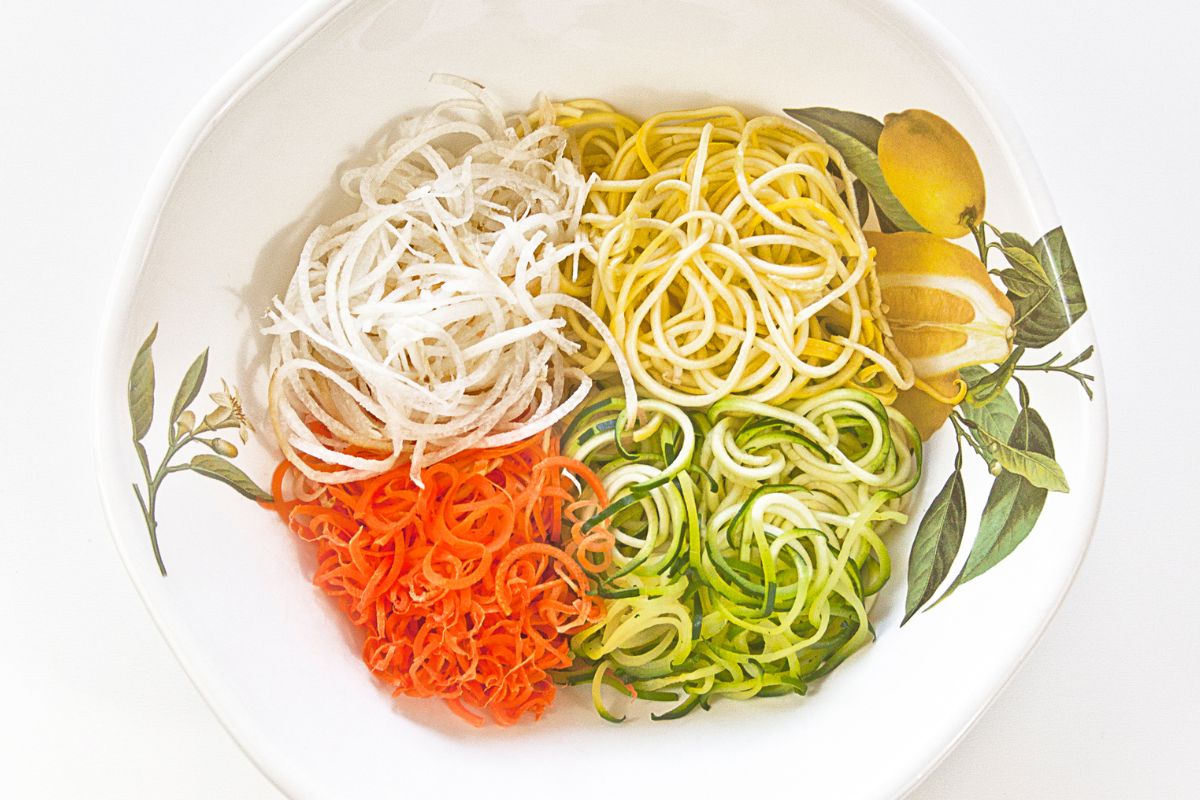
5. Use Fibre as a Meal Starter
The Strategy: Begin each meal with something high in fibre to set the tone for better blood sugar management.
The Method: Have a small salad, some raw vegetables with hummus, or a handful of nuts before your main course. This simple timing trick can dramatically reduce the impact of whatever follows.
How To Make It Practical: Keep pre-cut vegetables in the fridge or start meals with a simple green salad dressed with olive oil and vinegar. If you’re dining out, ask for the vegetable side dishes first, or snack on olives or nuts while browsing the menu.
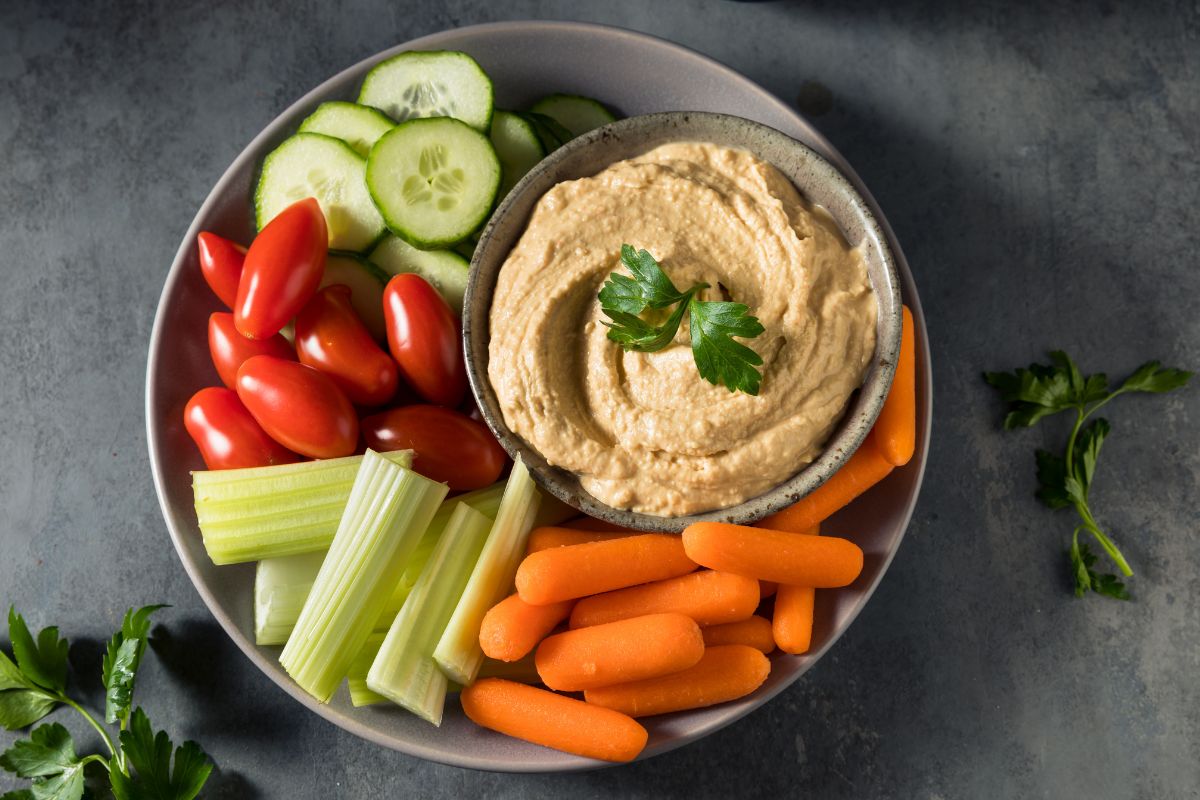
Conclusion: The Gradual Approach Works Best
Remember, increasing fibre intake should be gradual. Your digestive system needs time to adjust, so add these strategies one at a time over several weeks. Also, increase your water intake as you boost fibre consumption, they work as a team.
The beauty of focusing on fibre is that it’s about addition, not subtraction. You’re not giving up foods you love, you’re adding protection to your meals. This approach proves sustainable because it works with your body’s natural systems rather than against them.
Small changes compound into significant health improvements. Every fibre-rich choice is a vote for better blood sugar balance, improved gut health and sustained energy levels.
About the expert
Steve is on a mission to revolutionise diet culture, expose large food corps for supplying UPFs and create a healthier nation. When his parents were diagnosed with Type 2 Diabetes and Alzheimer’s, he decided it was time for a change. As a successful entrepreneur who set up two 100-million-pound companies, Steve was able to invest millions into research to discover the truth behind the nation’s widespread obesity, uncovering the hundreds of risks presented by consuming UPFs.

Steve became the main benefactor to the Public Health Collaboration, aiming to put prevention at the heart of the nation’s health care system. He founded The Bennett Foundation in 2011 which focuses on health education projects around the world. In that time, the Foundation has built 14 schools in India, 4 in Tanzania and 1 in South Africa. Over 13,800 children are now studying in these schools.
Last year Steve published his book “Fibre First” – eating fibre first can drastically reduce blood sugar spiking and help you lose weight. Backed by independent research, the book deploys fibre as a shield to ultra-processed foods with high sugar content which are fuelling the nation’s obesity epidemic. The 1,000-page book is more than just a diet guide, it is an in-depth investigation into the human body, food production, diet culture, science, and much more.
Steve is now the founder of Clubwell and is working with the food, diet, and obesity committee at The House of Lords to enforce stricter regulations on the way food is labelled and sold.


